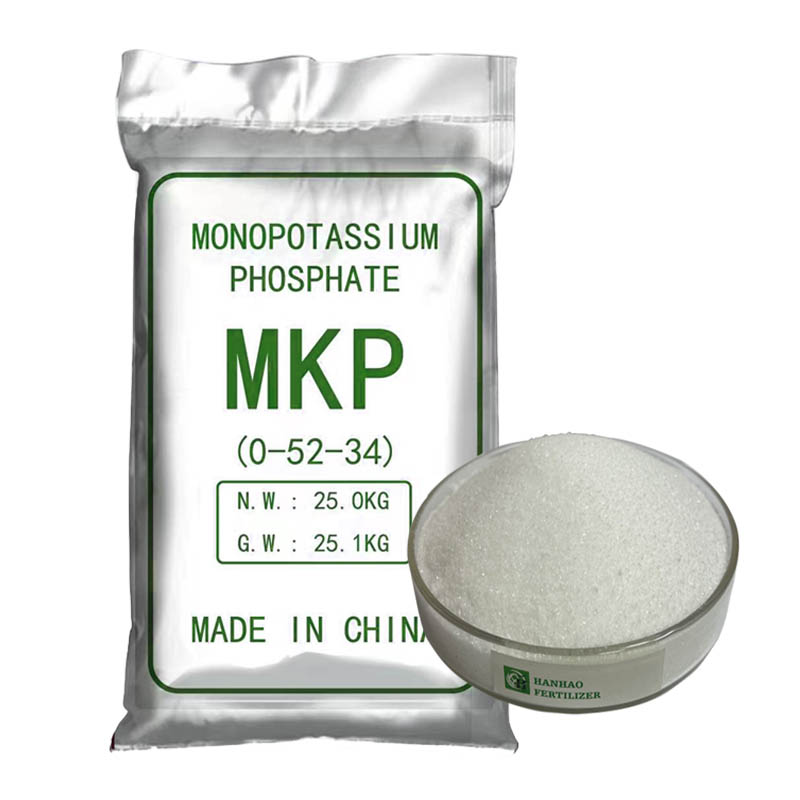
Dec . 12, 2024 09:32 Back to list
calcium ammonium nitrate fertilizer
Calcium Ammonium Nitrate Fertilizer An Overview
Calcium ammonium nitrate (CAN) fertilizer is a widely used nutrient source in agriculture, known for its effective nitrogen and calcium content. This compound fertilizer plays a crucial role in promoting plant growth, improving crop yields, and enhancing soil fertility. Understanding its composition, benefits, application methods, and potential downsides is essential for farmers and agricultural producers aiming for optimal crop performance.
Composition and Benefits
Calcium ammonium nitrate is composed of two primary nutrients nitrogen and calcium. The nitrogen content in CAN is provided in an ammonium form, which is readily available for plant uptake. Nitrogen is essential for promoting vegetative growth, enhancing chlorophyll production, and contributing to the overall health of the plant. Meanwhile, the calcium component aids in improving soil structure, increasing root development, and mitigating issues related to soil acidity.
One of the key advantages of CAN is its ability to reduce nitrogen loss through volatilization and leaching compared to other nitrogen fertilizers. The ammonium form is less prone to being lost to the atmosphere, making it more efficient for plant utilization. This characteristic not only increases crop productivity but also minimizes the negative environmental impact associated with nitrogen runoff, thus promoting sustainable farming practices.
Additionally, calcium helps prevent physiological disorders in plants, such as blossom end rot in tomatoes and tip burn in lettuce
. By supplying calcium directly to the plants, CAN promotes stronger cell walls and overall improved plant structure, which can enhance resistance to diseases and pests.Application Methods
calcium ammonium nitrate fertilizer

Calcium ammonium nitrate can be applied in various ways, depending on the crop requirements and agricultural practices. It is often utilized as a top-dressing fertilizer, applied directly to the soil surface after planting. This method ensures that the nutrients are readily available during the critical growth stages of the crops. Furthermore, CAN can be incorporated into the soil before planting to ensure that the nutrients are accessible for early root development.
Another popular application method is fertigation, where CAN is dissolved in irrigation water and applied to the crops during irrigation cycles. This approach allows for precise control over nutrient delivery and can lead to more efficient nutrient uptake by plants. Regardless of the application method, it is crucial to follow recommended guidelines regarding quantity and timing to maximize the benefits while minimizing potential nutrient runoff.
Considerations and Potential Downsides
While calcium ammonium nitrate is beneficial, there are several considerations that farmers should keep in mind. Over-application of nitrogen fertilizers can lead to nutrient imbalances, soil degradation, and increased susceptibility to diseases. Additionally, excessive nitrogen can contribute to groundwater contamination and harmful algal blooms in nearby water bodies, emphasizing the importance of responsible usage.
Farmers should also be aware of the specific nutrient needs of their crops and soil conditions before applying CAN. Soil testing can provide valuable information on existing nutrient levels, helping to optimize fertilization practices. Furthermore, integrating CAN with organic fertilizers and other soil amendments can create a balanced nutrient supply and enhance overall soil health.
In conclusion, calcium ammonium nitrate fertilizer represents a crucial tool for modern agriculture, providing essential nutrients that promote healthy plant growth and maximizing crop yields. Its unique composition allows for efficient nitrogen delivery and enhances soil quality through its calcium content. However, like all agricultural inputs, it is vital to utilize CAN responsibly, with careful attention to application practices and environmental impact. By doing so, farmers can harness the full potential of calcium ammonium nitrate while supporting sustainable agricultural practices. With research and careful planning, CAN can be an invaluable resource in the quest for increased food production and environmental stewardship.
-
10 10 10 Fertilizer Organic—Balanced NPK for All Plants
NewsJul.30,2025
-
Premium 10 10 10 Fertilizer Organic for Balanced Plant Growth
NewsJul.29,2025
-
Premium 10 10 10 Fertilizer Organic for Balanced Plant Growth
NewsJul.29,2025
-
Premium 10 10 10 Fertilizer Organic for Balanced Plant Growth
NewsJul.29,2025
-
50 Pound Bags of 13-13-13 Fertilizer for All Plants – Bulk & Organic Options
NewsJul.28,2025
-
High-Efficiency 15-30-15 Granular Fertilizer for Healthy Crops
NewsJul.28,2025
